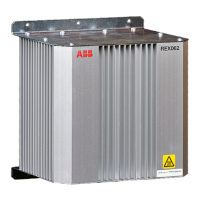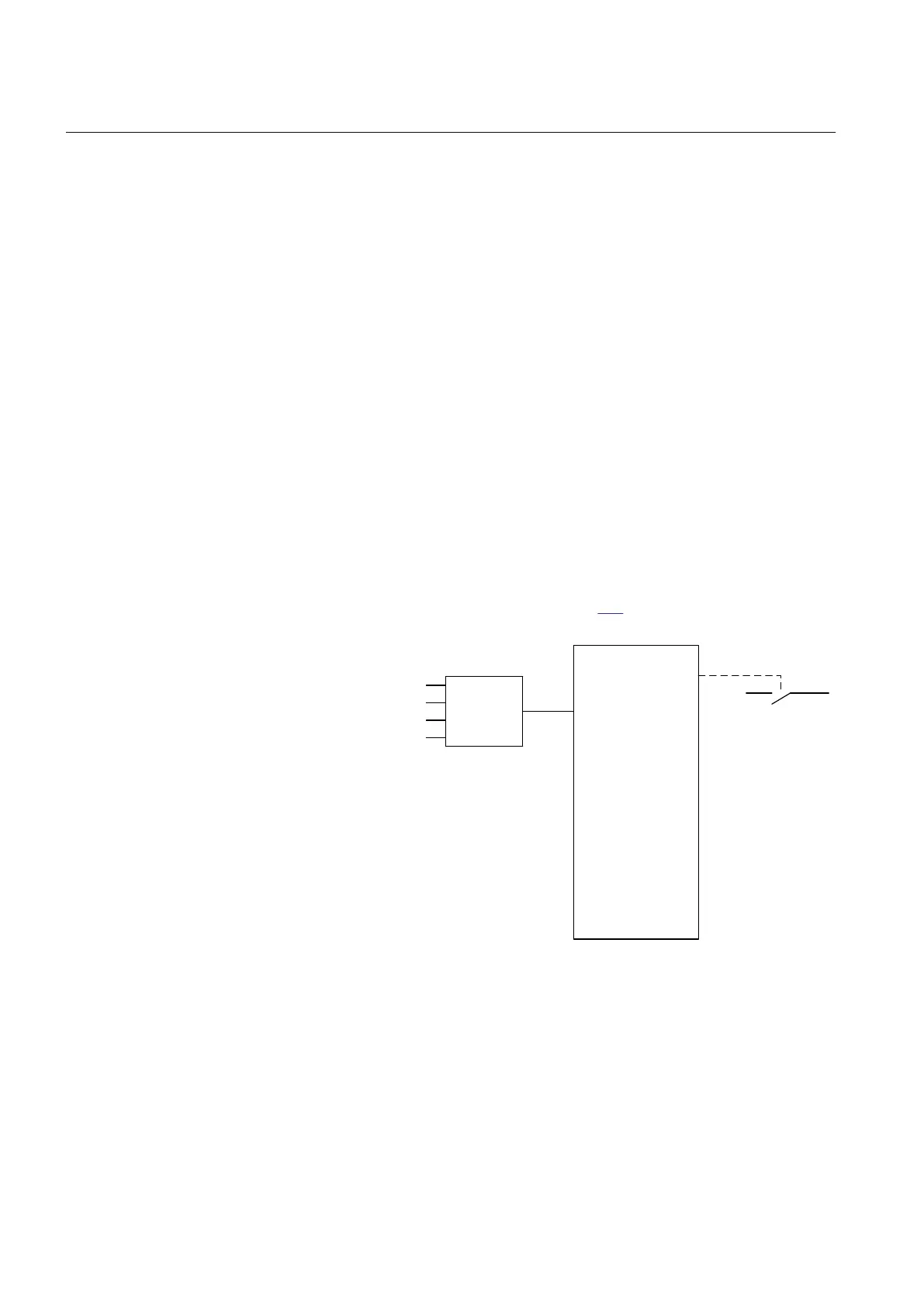operated when the fault is energized a second time. In the event of a transient fault the
slave breaker performs a three-phase reclosing onto the non-faulted line.
The same philosophy can be used for two-phase tripping and autoreclosing.
To prevent closing of a circuit breaker after a trip, the function offers a lockout
function.
16.1.2.1 Three-phase tripping
Connect the inputs from the protection function to the input TRIN to combine the
different function outputs to this input. Connect the output TRIP to the binary outputs
on the IO board.
This signal can also be used for other purposes internally in the IED. An example
could be the starting of breaker failure protection. The three outputs TRL1, TRL2,
TRL3 will always be activated at every trip and can be utilized on individual trip
outputs if single-phase operating devices are available on the circuit breaker even
when a three-phase tripping scheme is selected.
Set the function block to Program = 3 phase and set the required length of the trip
pulse to for example, tTripMin = 150ms.
The typical connection is shown below in figure
301.
IEC05000544=3=en.vsdx
BLOCK
BLKLKOUT
TRIN
TRINL1
TRINL2
TRINL3
PSL1
PSL2
PSL3
1PTRZ
1PTREF
P3PTR
SETLKOUT
RSTLKOUT
STDIR
TRIP
TRL1
TRL2
TRL3
TR1P
TR2P
TR3P
CLLKOUT
START
STL1
STL2
STL3
FW
REV
SMPPTRC
Protection functions with 3
phase trip, for example time
delayed overcurrent protection
TMAGAPC
IEC05000544 V3 EN
Figure 301: Tripping logic SMPPTRC is used for a simple three-phase tripping
application
Section 16 1MRK 502 071-UEN -
Logic
600 Generator protection REG670 2.2 IEC and Injection equipment REX060, REX061, REX062
Application manual

